UX and UI Design | iOS
OVERVIEW
Client
Sonary
Sector
Music, Production, Social Media
My Role
Product redesign and design of lacking features from research to conception and visualization
Project Time
6 months
PLAN
OVERVIEW
COMPETITIVE ANALYSIS
USER ANALYSIS
EXPERIENCE DESIGN
INTERFACE DESIGN
CONCLUSION
Client | Sonary
Sector | Music, Production, Social Media
My Role | Product redesign and design of lacking features from research to conception and visualization
Project Time | 6 months
Sonary is an app that enables musicians to speed up their creation process, help to promote their work to an audience, and helps producers to find new talents.
The challenge is to find solutions to simplify a complex mission into one mobile application.
But with a basic architecture already in place, the clients’ needs are pretty straighforward, which are clarifying the issues at stake of the app, complete it with lacking features and wrap it all up with a sleek interface design.
A glimpse into the project’s preparation, where I brought all the assets together including the original user flow, existing features and client’s needs.
1 \ COMPETITIVE ANALYSIS
The project being to merge many applications into one like, Facebook + Soundcloud + Cubase, and quite similar to Music Maker JAM, researching similar products‘ target market, core business, usability, layout, and navigation structure will help us understand how they operate and how we can improve how our app operates.
Opportunities
1 / Pro and novice musicians can create and record songs easily and flexibly (system designed by the developer of the app) that speeds up the music making process.
2 / Fans can discover and support local musicians instantly with their phone.
3 / The feeling of belonging into a local music community at our fingertips.
4 / Follow the trend : DIY spirit and indie music.
Threats
1 / The users are composed by different small niches, each with different needs. And the value of the app being “Connection”, the challenge to connect them together is big.
2 / There are many big similar entertaining apps like YouTube, Spotify, or Streetvoice that set a high standard in terms of the quality in indie music.
3 / Our mission is big and the product quite complex, there’s a risk of the interface not being friendly enough to make a first good impression at the launching.
Final document of similar products analysis, to find out how our app should differentiate itself on the local market.
2 \ USER ANALYSIS
To better understand our potential users’ expectation, pain points and habits, I started with an online research in forums, music industry related websites, blog posts and reviews of similar products. I also interviewed my clients since they’re from the local music industry, and friends who we know listen to indie music.
Map out music creation flow and how the app might come in handy during the process, to have an overall view of the app’s use, and discuss about priorities in terms of features.
The 3 groups of user who might use the app are :
Representing the 3 user groups that’s been identified with Personas : budget, profession, age, habits, behavior, needs, dreams, etc.
The goal of the research is to collect information of the users, and how each group uses the apps or products already on the market to reach their goal.
About the Listeners
Indie music is unique
The audience is either students who actively research and support the local scene, or young working class who already built their habits. Overall, their motivation is either feeling unique or to have a more authentic relationship with the songs / artists.
About the Talents
An accelerator for talents
Most of the time, talents don’t have the adapted budget or lack technics, only a few might break into the local music industry, through music competitions and auditions. So this platform can be a chance for them to make it quicker.
About the Producers
Improving efficiency
Through interviews, we’ve learned that producers are excited by the app, essentially because it might speed up their making process, leading them to make more and promote their work more, and are ready to invest financially.
About the Listeners
About the Talents
About the Producers
Indie music is unique
The audience is either students who actively research and support the local scene, or young working class who already built their habits. Overall, their motivation is either feeling unique or to have a more authentic relationship with the songs / artists.
An accelerator for talents
Most of the time, talents don’t have the adapted budget or lack technics, only a few might break into the local music industry, through music competitions and auditions. So this platform can be a chance for them to make it quicker.
Improving efficiency
Through interviews, we’ve learned that producers are excited by the app, essentially because it might speed up their making process, leading them to make more and promote their work more, and are ready to invest financially.
3 \ EXPERIENCE DESIGN
1 / Customer Experience Map
In order to see how each feature of the app can help the users reach their goal, I tried to find out the how and why they would enter the app, and imagined each step they might take to complete their tasks.
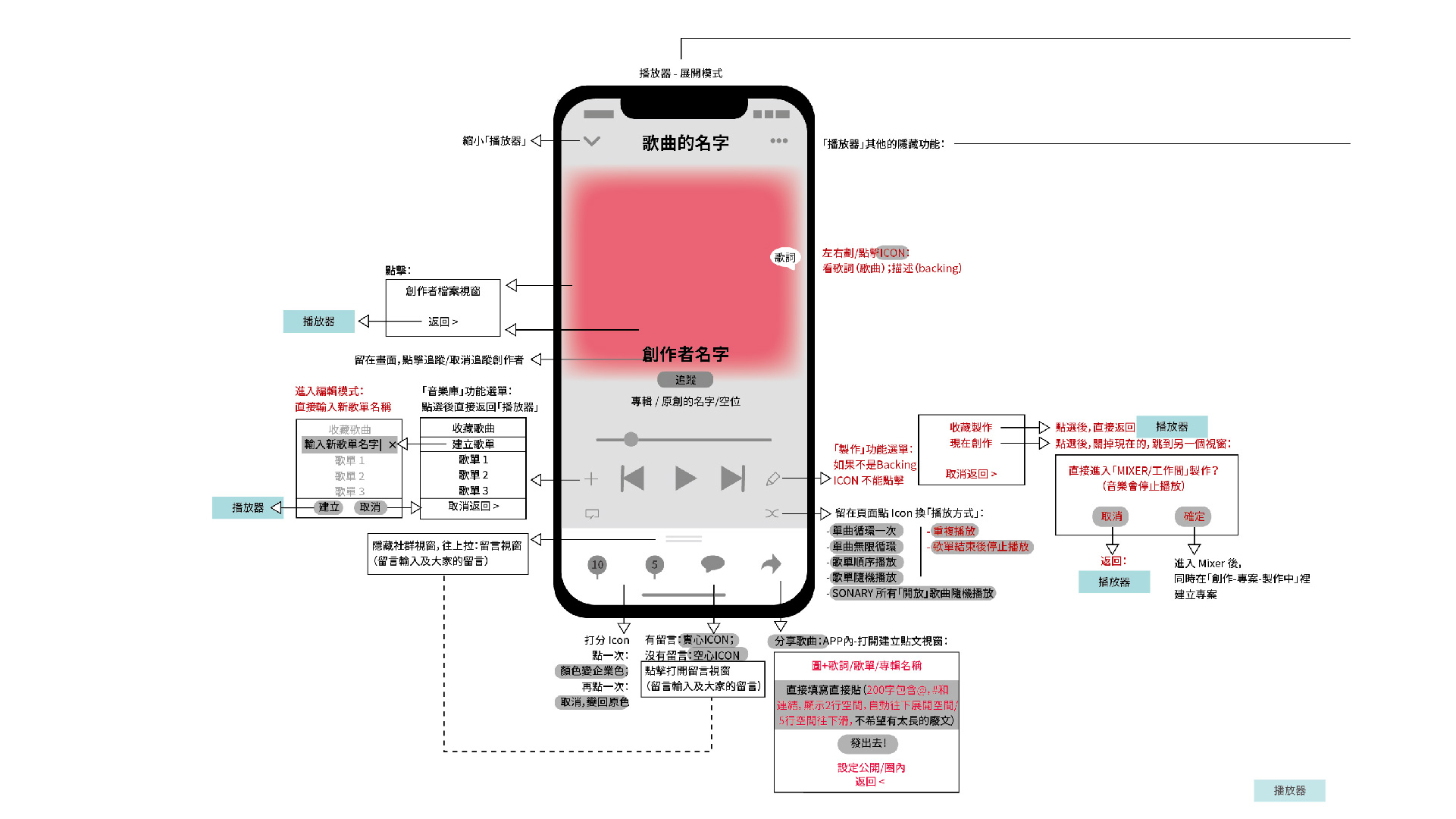
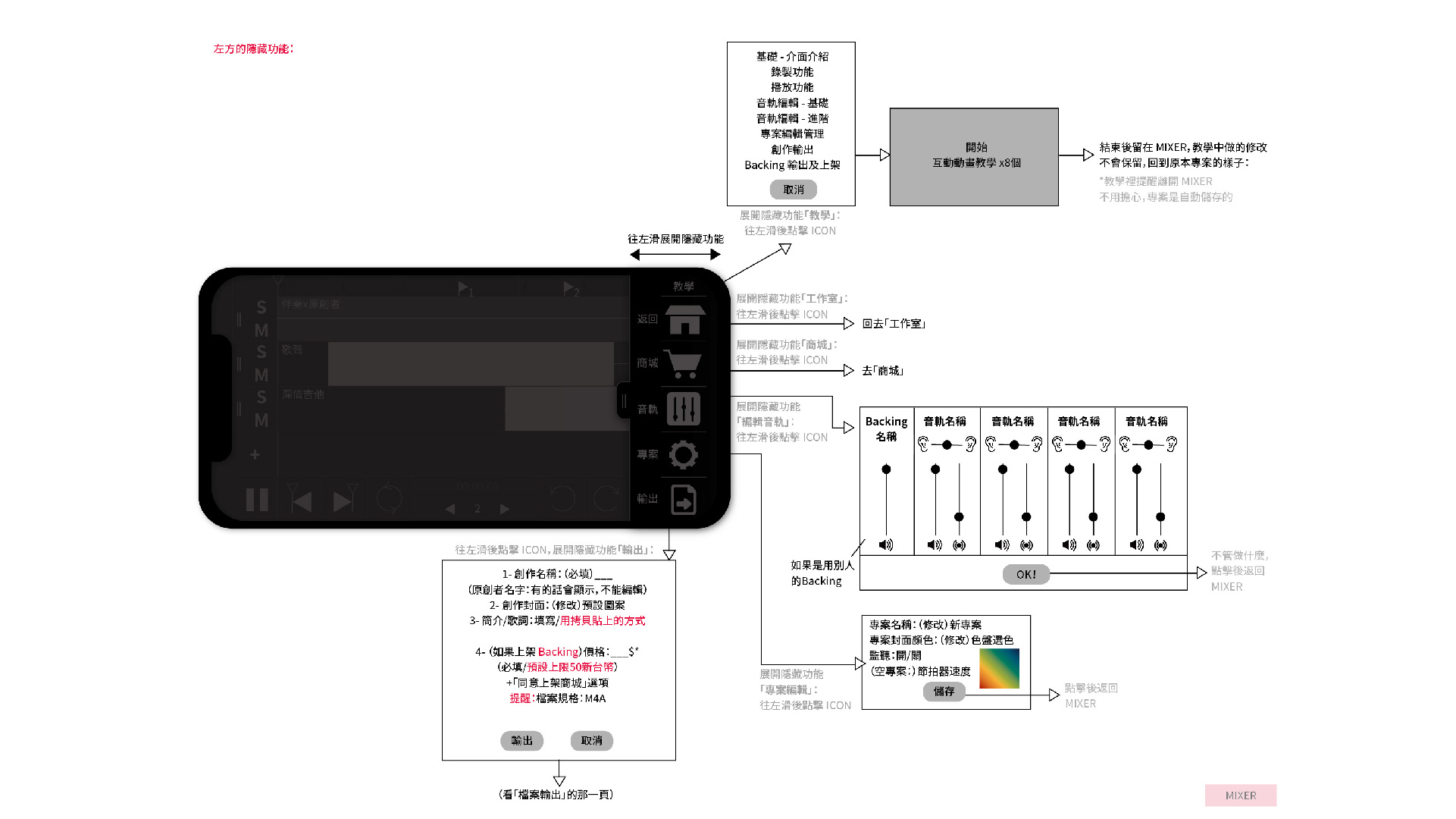
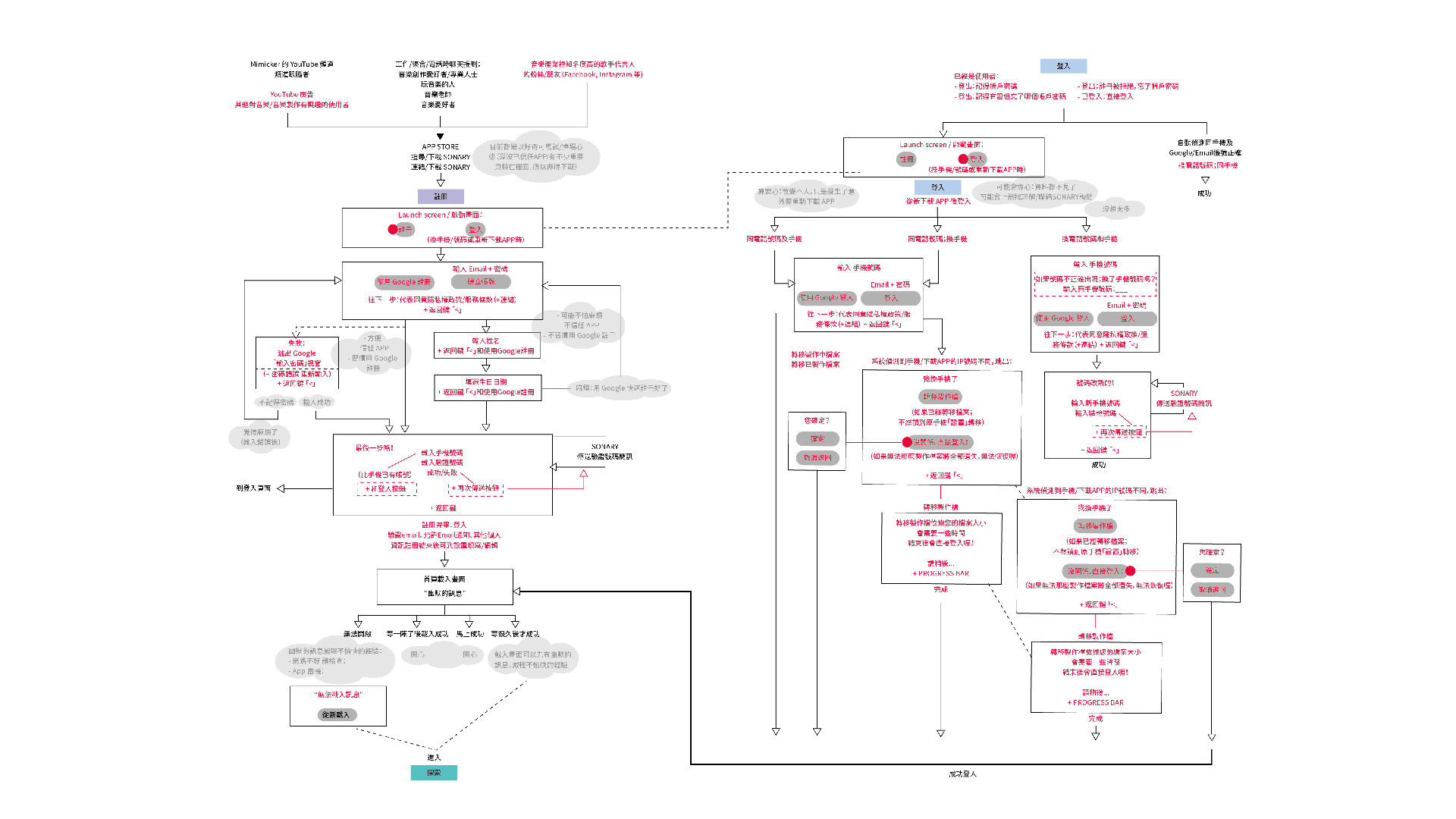
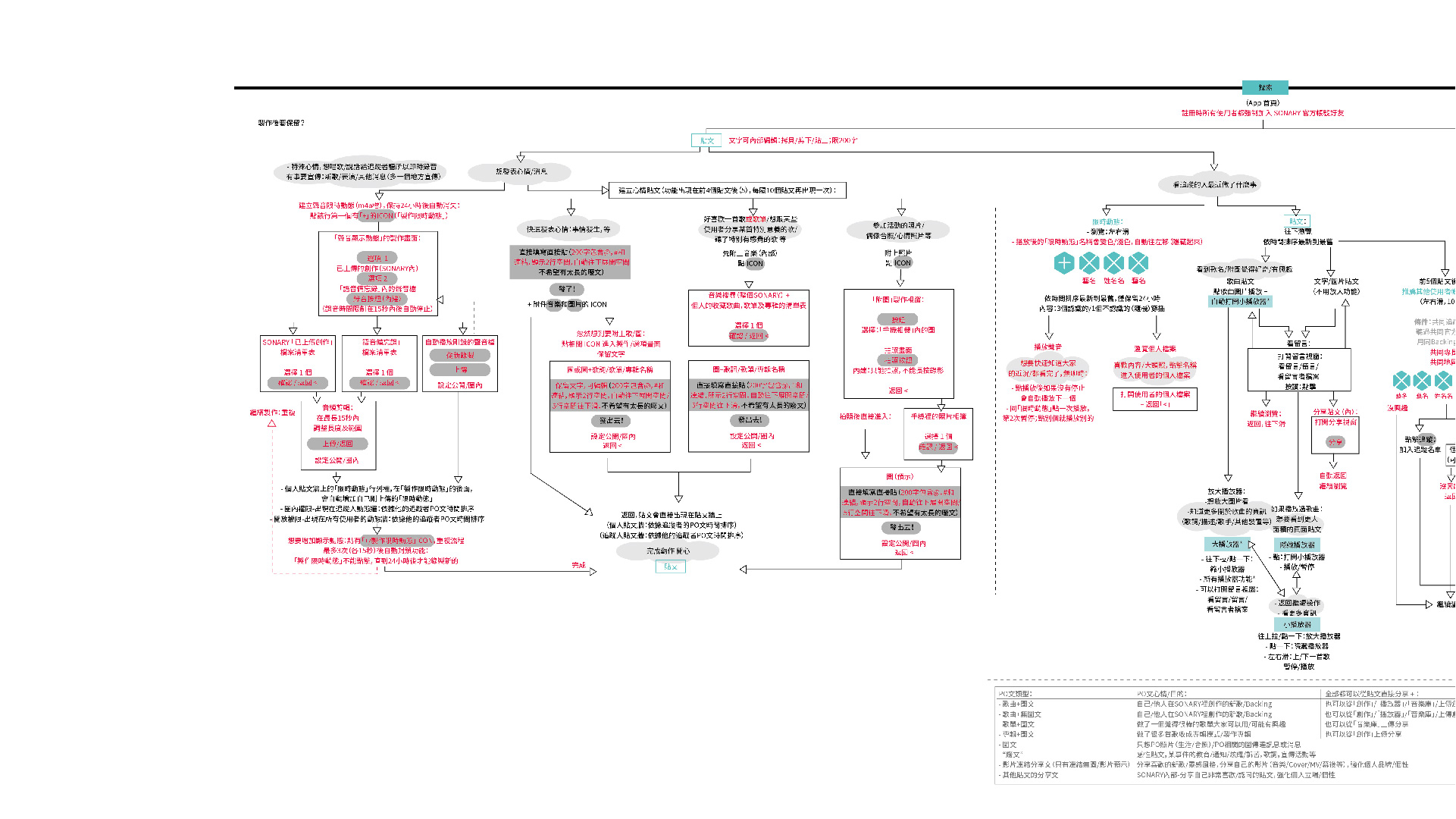
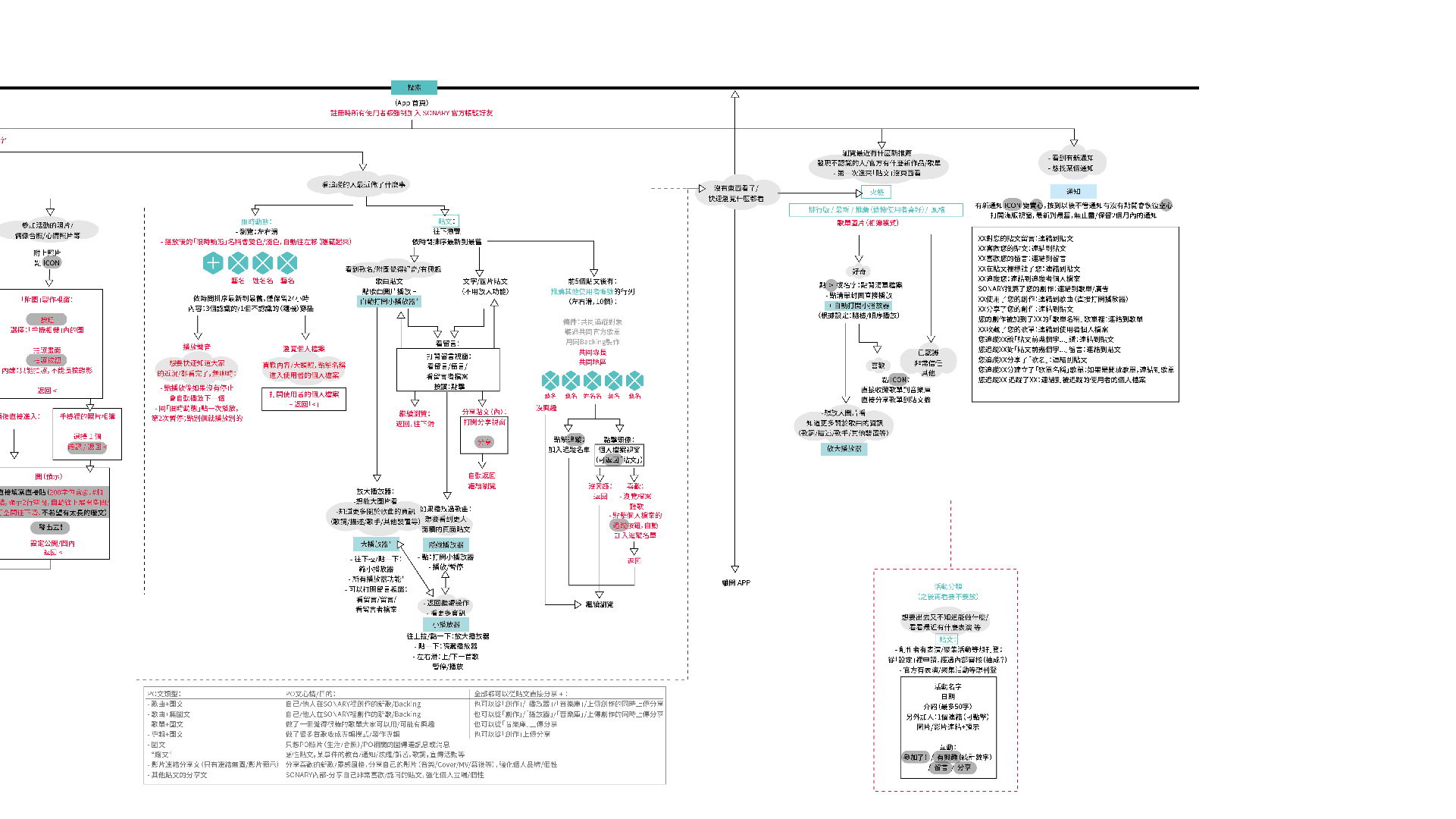
A glimpse into the user experience map, with the users’ intentions, goals, situation of use and some structure ideas.
2 / Paper Prototyping
After we’ve defined the lacking features and improved the existing ones, I started paper prototyping the app, so we all had a better idea of its general structure, which allowed clients to start providing their first feedbacks and thoughts.
3 / Wireframes
The low fidelity prototyping continued with wireframing the whole structure of the app. The app being confidential, user tests were not allowed. Therefore, after validation of the wireframes, I directly proceeded to the visual design part.
4 \ INTERFACE DESIGN
Below are some previews of the app’s interface design. The goal is to craft a friendly interface, with a young, passionate and cool visual design.
CONCLUSION
During the UX redesign and UI design process, I’ve been able to guide the clients in the discovery of their potential users, categorizing them into 3 groups to better understand different needs we shall address, and how we can implement them into different features very clearly, so that each group of user can easily find their way to achieve their goals.
While mapping out the user’s experience journey, we’ve also been able to come up with some new ideas such as Audio Story, inspired by a famously powerful interacting tool : Instagram Stories. As we know Jam sessions and in the moment melodies can become a strong connecting moment, and I wanted to bring this into the app with the hope that it might increase the engagement.
And most importantly, with close collaboration with clients and their developer, I’ve been able to create a stylized design with an interface that respects usability.
